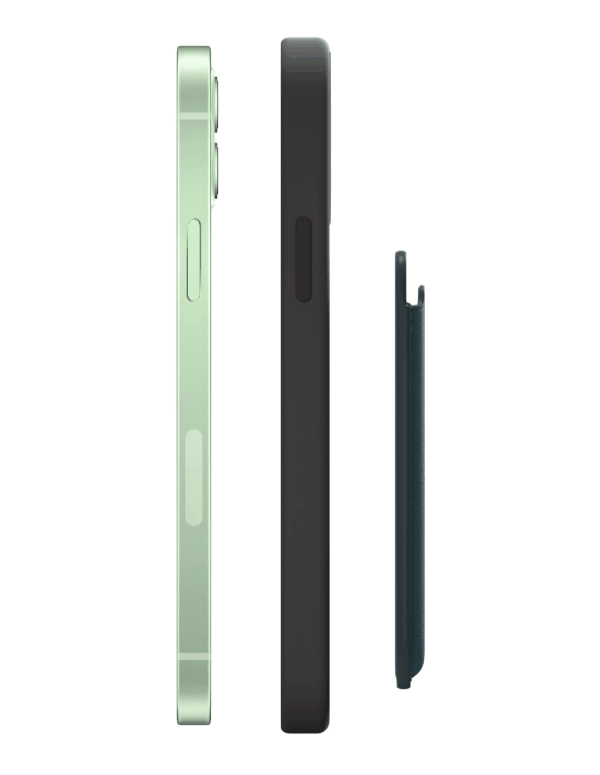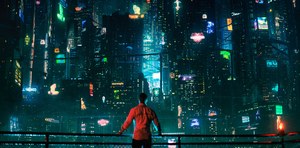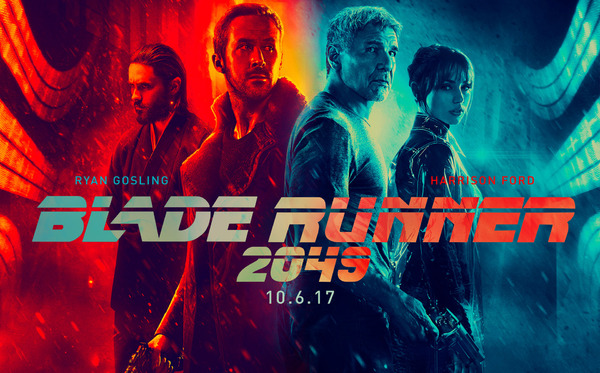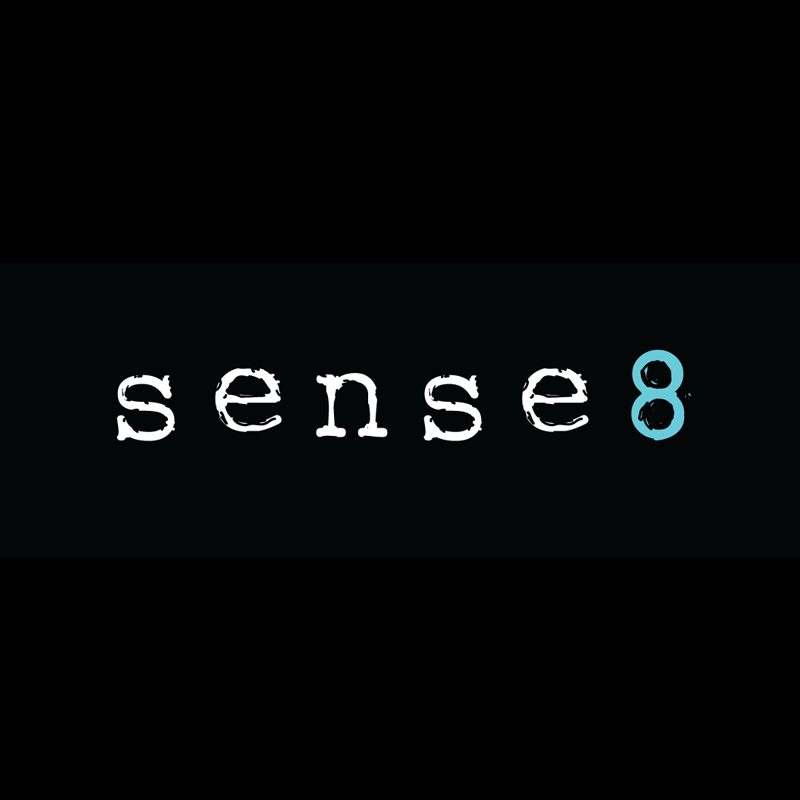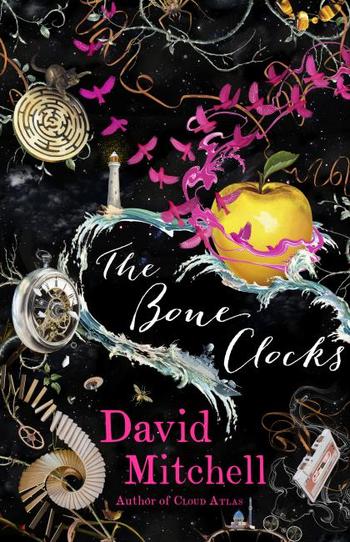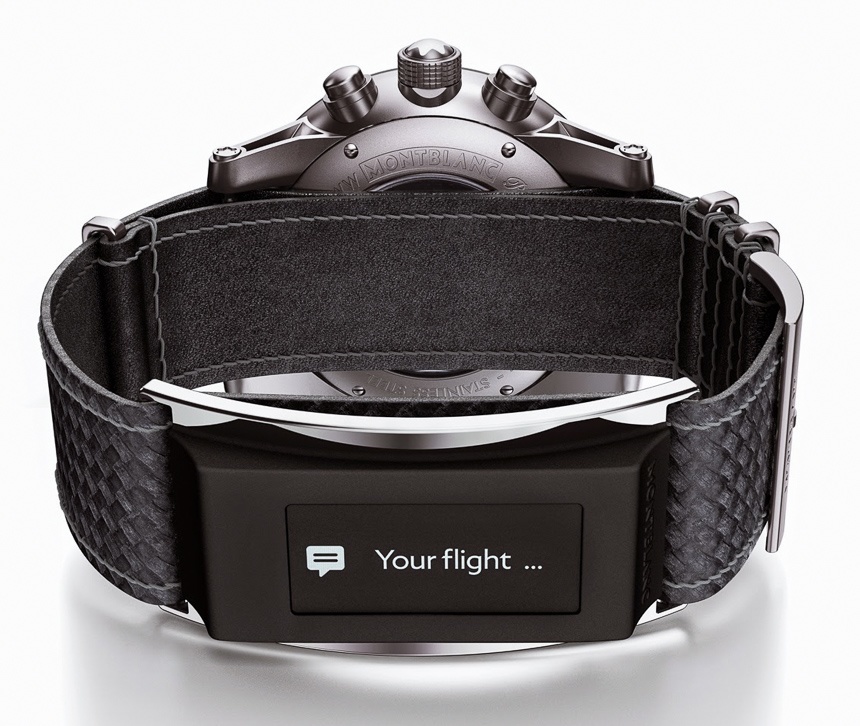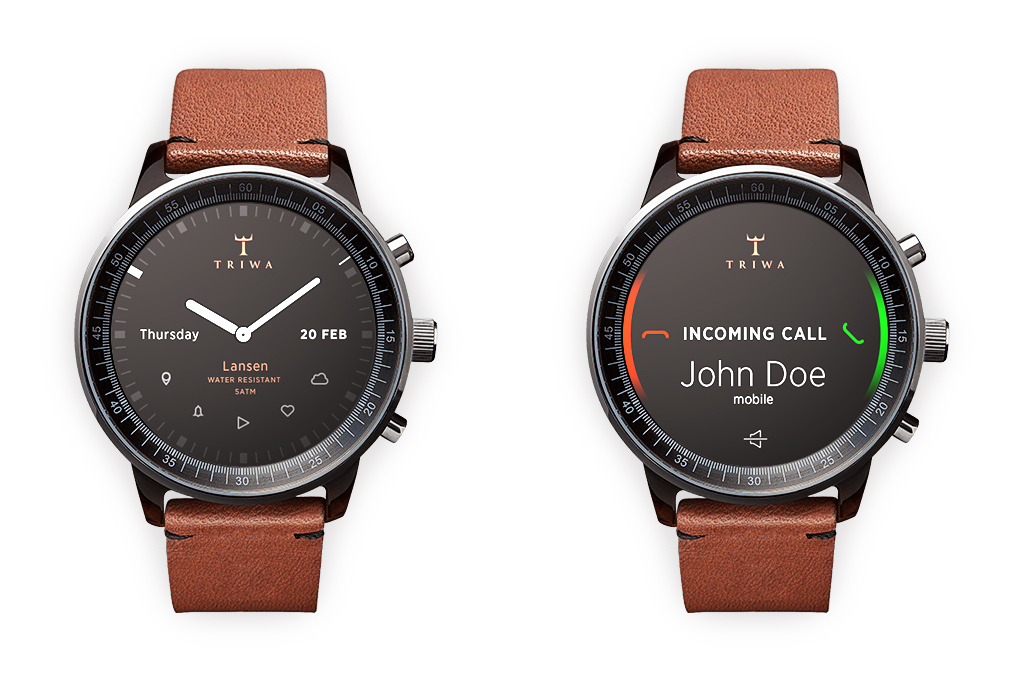it was 40 years ago today...
 Saturday, January 9, 2021 at 10:49PM
Saturday, January 9, 2021 at 10:49PM Hard to believe it was that long ago. I was in my senior year of high school. It was January of 1981. Drummer and, since 1975, Genesis frontman, Phil Collins, came out with the first single of his first solo album: "Face Value". The song was called "In The Air Tonight". And the rest is history.
In many ways the song was a little strange. It starts off with a drum machine pattern that lasts through about 2/3 of the song (the clip here below has an actual drum track on it as well, from the get go: the result of pressure from legendary Atlantic Records head Ahmet Ertegun, who was worried "the kids" would give up on the song if they didn't hear actual drums right away).
As the first part of the song progresses, it builds up towards "something". At some point Collins' voice is modified by a vocoder as he sings the words: "Well I Remember". You can tell something is coming, and I don't remember where I was the first time I heard the song, but I remember feeling it was "coming in the air tonight" (sorry, couldn’t help it).
And then it's there. An explosion. That drum fill. A sound so powerful and unique, it would set the template for so many songs yet to follow. That climax, let's not mince words, that "auditory orgasm", Collins' signature drum roll that sounded so unique. And for good reason. Sound engineer Hugh Padgham had accidentally invented a "gated reverb" recording method that gave the drums an even more pronounced expression than they would normally have had. I did manage to catch Collins live in concert a few years later, and while that drum fill was super impressive, it couldn''t equal the unique sound of the studio original.
Much was said about the meaning of the song, the lyrics. In my senior year in high-school, my literature teacher, while talking about Herman Hesse's "Der Steppenwolf" even went as far as comparing the "Magic Theatre" encountered by the book's protagonist as he enters a hallway with doors giving him access to different aspects of his inner self, to the video-clip of "In the air..." and the imagery used in it.
As it happens, years later Collins himself admitted the song didn't have any particular meaning at all. The lyrics were pretty much improvised, and while they may have been borne from anger and frustration (Collins was going through a difficult break-up at the time), in reality listeners tend to give it whatever meaning works for them. I remember memorising the lyrics pretty much instantly, but this is one song where they didn't matter to me much. It was the mood, the steady build-up, the climax that did it for me. I couldn't get enough of it. I remember walking through my high-school hallways, between classes, with a classmate's headphones on my head attached to her Walkman in her bag, just asking her to replay that song over and over again.
I can't say that I was a huge fan of Collins' "oeuvre" past that point. He definitely had moments of greatness, even on the rest of that first solo album. From the almost experimental sounding "Droned", to the Beatlesque "Tomorrow Never Knows" and through the signature brass section of "I Missed Again", there are definitely some classic moments there. His work with Genesis also resulted in some interesting work and memorable songs. But, to me, it appears that Collins' first ever release, "In The Air Tonight", his debut solo single, also marks his best work ever, his greatest achievement. I don't think he ever lived up to that moment again. But what a moment it was. All those 40 years ago.


